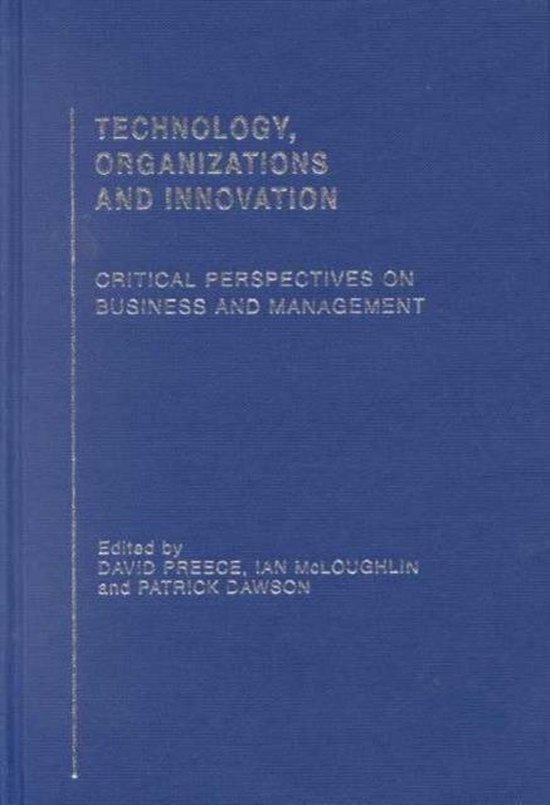
The Italian City-State
This text covering the Italian city-state from 500 to 1300 should be of use to scholars and students of medieval and Renaissance Italy.
Italy in the Middle Ages was unique among the countries of Europe in recreating, in a changed environment, the urban civilization of antiquity - the society, culture, and political formations of city-states. This book examines the origins and nature of this phenomenon from the fall of Rome to the eve of its consummation, the Italian Renaissance. The explanation is sought in Italy's singular `double existence' between two contrasted worlds - ancient and medieval. The ancient was characterised by the total predominance of the landed aristocracy in economy and society, enforced through a peculiar system of city states embracing town and country. The new medieval influences were marked by the separation of town, country and aristocracy, by the identification of towns with trade and a mercantile bourgeoisie, and by commercial and proto-industrial revolution. Italy shared in both worlds. It remained a land of cities and of an urbanized ruling class (except in the Norman South) and re-established territorial city states; but the staes were very different from those of antiquity, the city leaders in the commercial revolution, and Italy itself seen as a nation of shopkeepers, birthplace of capitalism. In this fascinating and ground-breaking study, Philip Jones traces in detail the tension and interaction between the two traditions, civic and patrician, mercantile and bourgeois, through all phases of Italian life to their culmination in two rival regimes of communes and despots.
Italy in the Middle Ages was unique among the countries of Europe in recreating, in a changed environment, the urban civilization of antiquity - the society, culture, and political formations of city-states. This book examines the origins and nature of this phenomenon from the fall of Rome to the eve of its consummation, the Italian Renaissance. The explanation is sought in Italy's singular `double existence' between two contrasted worlds - ancient and medieval. The ancient was characterised by the total predominance of the landed aristocracy in economy and society, enforced through a peculiar system of city states embracing town and country. The new medieval influences were marked by the separation of town, country and aristocracy, by the identification of towns with trade and a mercantile bourgeoisie, and by commercial and proto-industrial revolution. Italy shared in both worlds. It remained a land of cities and of an urbanized ruling class (except in the Norman South) and re-established territorial city states; but the staes were very different from those of antiquity, the city leaders in the commercial revolution, and Italy itself seen as a nation of shopkeepers, birthplace of capitalism. In this fascinating and ground-breaking study, Philip Jones traces in detail the tension and interaction between the two traditions, civic and patrician, mercantile and bourgeois, through all phases of Italian life to their culmination in two rival regimes of communes and despots.
| Auteur | | Philip Jones |
| Taal | | Engels |
| Type | | Hardcover |
| Categorie | | Geschiedenis |



